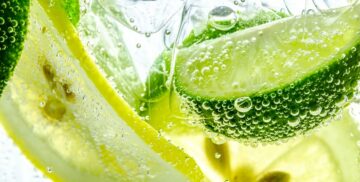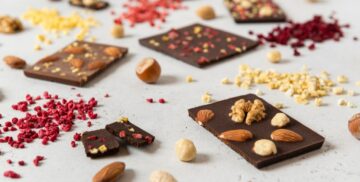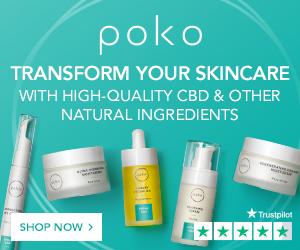The recent trend of adding CBD to food and drink is having a huge moment – for better, and for worse.
As the CBD cocktail trend continues to take over bars across the UK, new CBD wellness brand OTO just announced the launch of their CBD-infused bitters.
Simultaneously, restaurants like Canna Kitchen who sell CBD-infused food and drink are facing shut down – despite having been given a ‘go-ahead’ by both the UK Trading Standards Agency and local police.
Similarly in the United States, CBD advocates and businesses are facing a lot of teething pains with governmental regulations on CBD in food and drink products. While industrial hemp (and in turn CBD) was legalized in the 2018 Farm Bill last year, the FDA has prohibited businesses from selling CBD-infused food and drinks, as their regulation considers CBD a ‘drug product’.
Legal grey area
Despite the legal grey area, many shops continue to sell CBD food and drink products regardless of the FDA’s stance. In fact, many businesses selling CBD food and drink products testified at last weeks FDA hearing on regulating CBD, which was the first hearing of its kind.
As CBD continues to pop up in every single food product imaginable in the UK and across the pond, we can’t help but wonder – does adding CBD to food and drink actually work?
From CBD lattes and gummies to CBD hummus, this hemp-derived compound is the next big wellness food trend since kale chips and cauliflower rice. Even huge corporations like Coca Cola and Oreo have announced plans to jump in on the CBD game to make a quick buck, but can you really have your CBD and eat it too?
When it comes to the actual science behind consuming CBD, things can gqet a little bit murky. With recent crackdowns on CBD in food, you’d think consuming CBD is the equivalent of eating glass. In reality, most CBD food and drinks are unlikely to contain anywhere near 300mg of CBD, which is considered by some to be the minimum amount of CBD needed to be effective, according to scientific research so far.
Not only are most CBD food and drink products unlikely to contain this percentage of CBD (which is equivalent to around 3 droppers full of an oil tincture, more or less), the bioavailability of your CBD product is another important factor for determining how effective it will be.
What is Bioavailability?
Bioavailability is basically the term for how much of a substance your body can absorb into the bloodstream, and how fast.
Injecting CBD straight into your veins would be the best way to get the most bioavailability out of your CBD, which would deliver 100% of the compound into your body. However, most people aren’t about to start fiddling around with injections everyday, so it’s not the most realistic option.
Vaping CBD oil is probably the most effective way to consume CBD in terms of bioavailability, as it is instantly absorbed through tiny blood vessels in the lungs. Vaping or smoking CBD ensures that up to 56% of your material can actually make it into your bloodstream. But when it comes to bioavailability and oral consumption, there are some pros and cons depending on the method of oral consumption you use.
CBD edibles
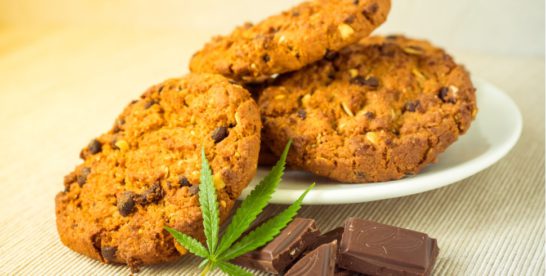
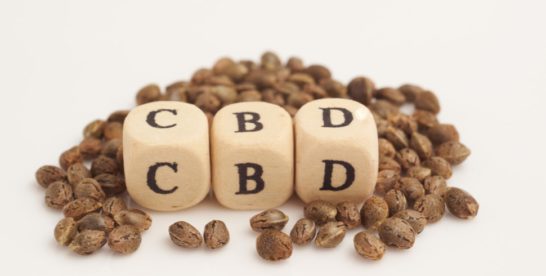
While travelling through the digestive system, a large percentage of CBD consumed in a CBD edible will be filtered out substantially by the digestive process which reduces its bioavailability considerably – roughly 75%.
This means that if you consume a CBD edible with 100mg of CBD, by the time it reaches your bloodstream you’ll only absorb about 20mg. Hardly a lot of bang for your buck now, is it?
Sublingual consumption
Sublingual consumption of CBD (dropping it under your tongue) is a considerably more effective way of consuming CBD than eating edibles.
When you drop CBD oil under your tongue, it is absorbed instantly into the bloodstream through a vein called the sublingual gland. This maintains the bioavailability of the compound more than eating edibles. Still, enzymes in the mouth breakdown CBD during sublingual consumption, leaving you with an absorption rate between 12%-35% depending on the quality of your CBD.
As well as using CBD oil tinctures, sublingual consumption also includes sucking on CBD lozenges, and using oral CBD sprays.
So what’s the best option?
While CBD edibles and infused beverages can be a fun novelty, making your own DIY edibles and tweaking the concentration is the best way to ensure that your CBD treats still contain an effective amount of CBD to actually feel any perks.
Ultimately, vaping is probably the best option when it comes to maintaining the bioavailability of your CBD. If that’s not an option for you, however, using an oil tincture with high quality, high-potency CBD oil is the best way to get the best performance out of your CBD without wasting your hard-earned cash.
If you loved this, be sure to try one of our other health CBD recipes.








